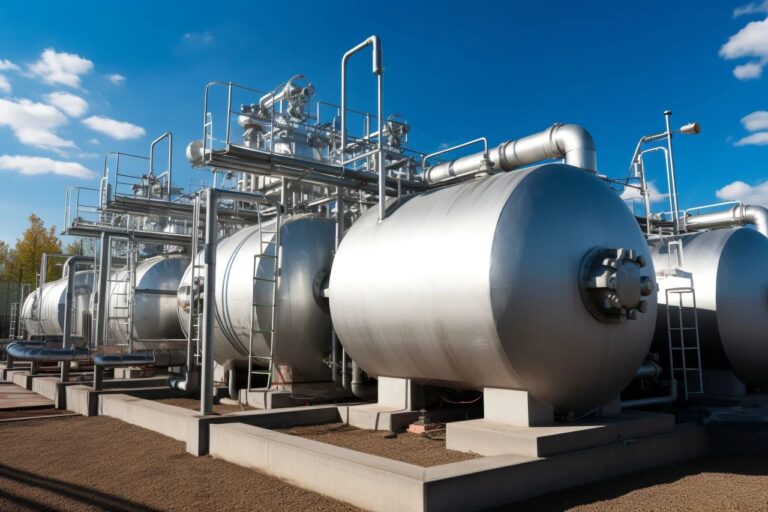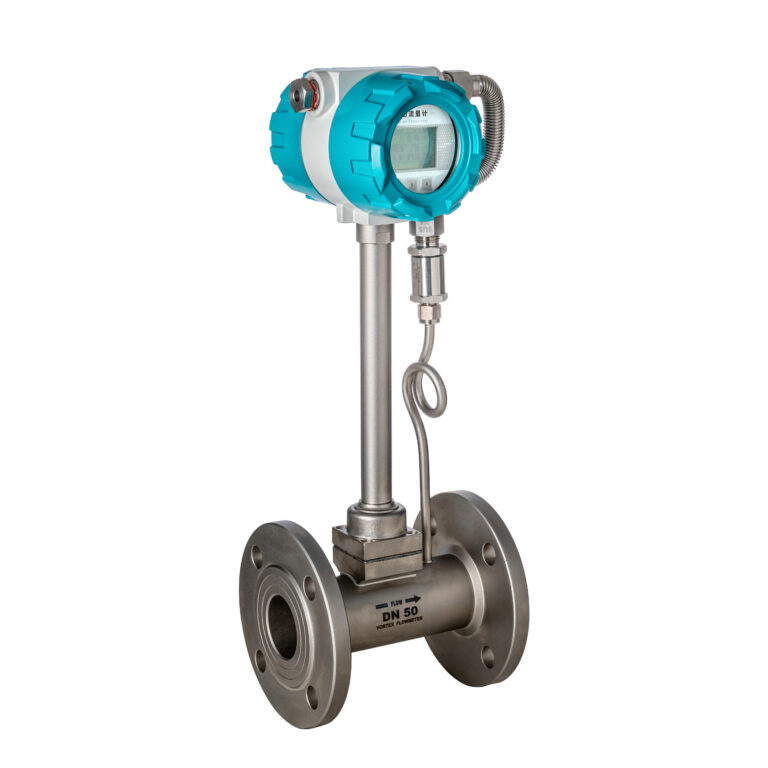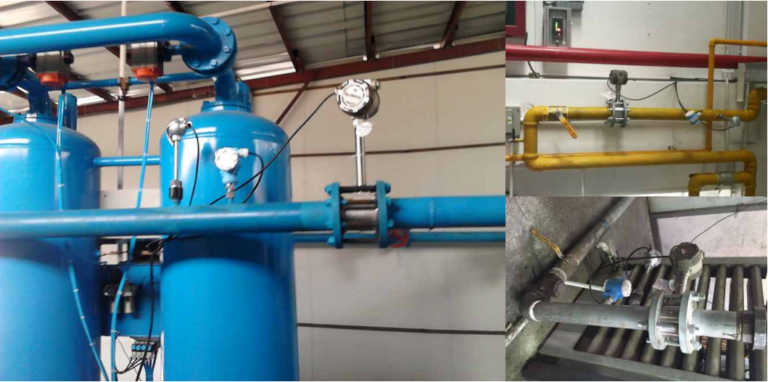The U.S. Department of Energy’s investigation into compressed air systems found:
- Compressed air systems account for 10% of total electricity consumption in manufacturing.
- 70% of U.S. manufacturing plants have compressed air systems.
- 50% of these plants have the opportunity to save significant energy at low project costs.
In manufacturing plants, awareness of compressed air efficiency is very low. The main goal of factories is to provide reliable and stable compressed air supply. Some compressed air system manufacturers offer service contracts for equipment, but these rarely address system efficiency issues. While 35% of manufacturers have leakage detection programs, 57% have taken no actions to improve system efficiency.
Source: Assessment of the Compressed Air Efficiency Service Market – Energy.gov

Preventing Leaks Is an Effective Way to Reduce Energy Consumption
Compressed air leakage typically wastes 20%-30% of an air compressor’s output.
A study by the U.S. Department of Energy found that 80% of air compressor upgrade recommendations do not involve investing in new compressors but can be addressed through low-cost system upgrades and effective leak monitoring and repair plans.
In current industrial compressed air systems, flow monitoring is the most direct and accurate method of compressed air energy management.
To enhance the transparency and visualization of compressed air system data, Zero Instrument offers a comprehensive solution.

Compressed Air Monitoring Solutions
The LUGB series vortex flowmeter can continuously monitor the flow rate, volumetric flow, pressure, and temperature of compressed air. By installing it in a specific area, production line, or machine, leaks and consumption values can be quickly identified. Integrated pressure measurement ensures actuators operate at maximum efficiency and eliminates the need for separate pressure measurement devices. Using online customization modules, the unit energy consumption and energy-saving rates of two compressors can be calculated separately for pre- and post-renovation operation periods.
Zero Instrument’s online monitoring system for air compressor energy efficiency includes the LUGB series vortex flowmeter, power measurement components, and a data information service platform. This system provides real-time monitoring of compressor power consumption and gas production, uploads data to the information service platform, analyzes the instantaneous specific power and unit energy consumption of each compressor, and helps track project progress or monitor equipment operation. It also enables timely responses to abnormal issues, reducing customer losses.
Customers can access real-time project site dynamics anytime and anywhere, facilitating timely settlement with users. They can monitor compressor operation status in real time, perform timely maintenance, and trace historical measurement data.

Recommended On-Site Instruments
LUGB Series Vortex Flowmeter
The Zero Instrument LUGB-U series vortex flowmeter is designed based on the Kármán vortex principle. Piezoelectric vortex flowmeters are insensitive to the medium type, making them advantageous among various flow sensors. They offer high accuracy, a wide range, and high-temperature resistance, making them irreplaceable in compressed air measurement applications.
Embedded gas standard state conversion programs dynamically calculate standard volumetric flow, making them suitable for compressed air flow measurement and control.
Product Features and Advantages:
- High sensitivity with an accuracy of ±1.0%.
- A wider measuring range than traditional vortex flowmeters.
- No moving parts and no pressure loss.
- Equipped with anti-interference circuits and vibration-resistant sensors to eliminate external disturbances.
- Built-in temperature and pressure sensors for medium temperature and pressure measurement.
- Directly measures compressed air mass flow without external temperature and pressure compensation.
- Large dual-line LCD screen for clear and easy readings.
- Certified for special equipment production licenses.
